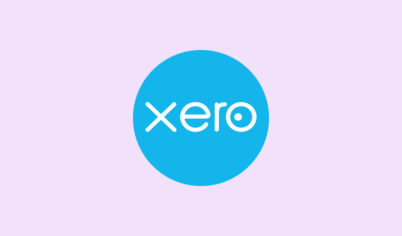Top apps to track deferred revenues for SaaS businesses

If you have a SaaS business and you charge an upfront annual price as an option to your customers, you might know that you should spread those revenues equally over the months of the service agreement in your accounting books instead of showing one lump sum in the month it was received. For some, this process is not as easy as they would like it to be. So let’s check out the top apps to track deferred revenues for SaaS businesses.
To elaborate on the problem before jumping into the solutions, let’s say you charge a customer $1,200 for use of your SaaS product over a 12 month period. You receive $1,200 today, but does it make sense to show that $1,200 on your Profit & Loss statement immediately as revenues? No. The proper way is to spread this $1,200 evenly over those 12 months and therefore report your revenues as $100 per month for each of those 12 months. We won’t go into exactly why that is here, but it’s an important concept for SaaS businesses to understand and to report on their financials for a variety of reasons (ex: tax, key performance indicator, etc). Essentially, you should be amortizing the amount of money that you received upfront over the term that your customer is entitled to use your software.
Your deferred revenues represent the unamortized portion of the amount received and tracking this can be a major pain point for some of you out there.
Just what are the best apps out there to help you track this?
1. Excel or Google Sheet
This is not terribly original suggestion (the more interesting ones are below!), but it’s a fool proof way to get things tracked. All you need to do is setup a template that includes each contract that your customers have paid you in advance for which lasts more than 1 month have that on separate rows and in columns include the start date of the contract, end date and amount that you received. Based on this info, you will be able to track the amount that needs to be amortized each month and the unamortized amount that still remains (ie. your deferred revenues). Based on this, you’ll be able to adjust your books accordingly, albeit manually.
The total of all unamortized amounts for all contracts should equal your deferred revenues account on your balance sheet at the end of each period.
We would recommend using Excel or Google Sheets if you’re comfortable with Excel, understand the concepts of deferred revenues quite well and don’t have a ton of contracts that need to be amortized.
2. Flowrev
Flowrev is a cloud-based app that integrates with integrates quite well with our cloud-accounting system of choice, Xero, though there is also an integration with Quickbooks Online (that we have not tested).
Essentially, the app will automate the tracking of your deferred revenues as well as adjust the books for you (so no manual adjustments required).
The operation is simple. Once a sale is created in Xero for the full upfront contract amount, this item will link with Flowrev and you can tell Flowrev the service period. Based on this, Flowrev will break down the amount received over the service period and you can synchronize the amortized and unamortized amounts with the click of a button (ie. manual sync) with Xero to have everything updated for you
It’s a pretty helpful app for those that don’t want to mess around in Excel, want more automation and have a lot of contracts to keep track of (Excel could get messy in that case). It’s reasonably priced as well.
3. ProRata
This is a very similar app to the one above, however, it provides even more automation, as there is no manual sync to get the data from the app over to Xero or Quickbooks Online. The sync is automatic every 15 minutes approximately.
This app however does come at a different price point at a minimum of $3,000/year at the time of writing (compared to Flowrev started at $480/year), but if you have a lot of contracts and greatly value as much automation as possible, ProRata may be a worthy option.
Conclusion
Automating the deferred revenues portion of your accounting process is just one component of automating your entire bookkeeping process for your SaaS business but whatever app you use, remember that the app is there to support and facilitate the process of deferring lump sums received over the term of the service period. This is an important concept for SaaS businesses wishing to accurately report their financial statement, SaaS KPI’s and taxes.
Have any questions about the above? Feel free to drop a comment below and we’ll respond in a jiffy!

